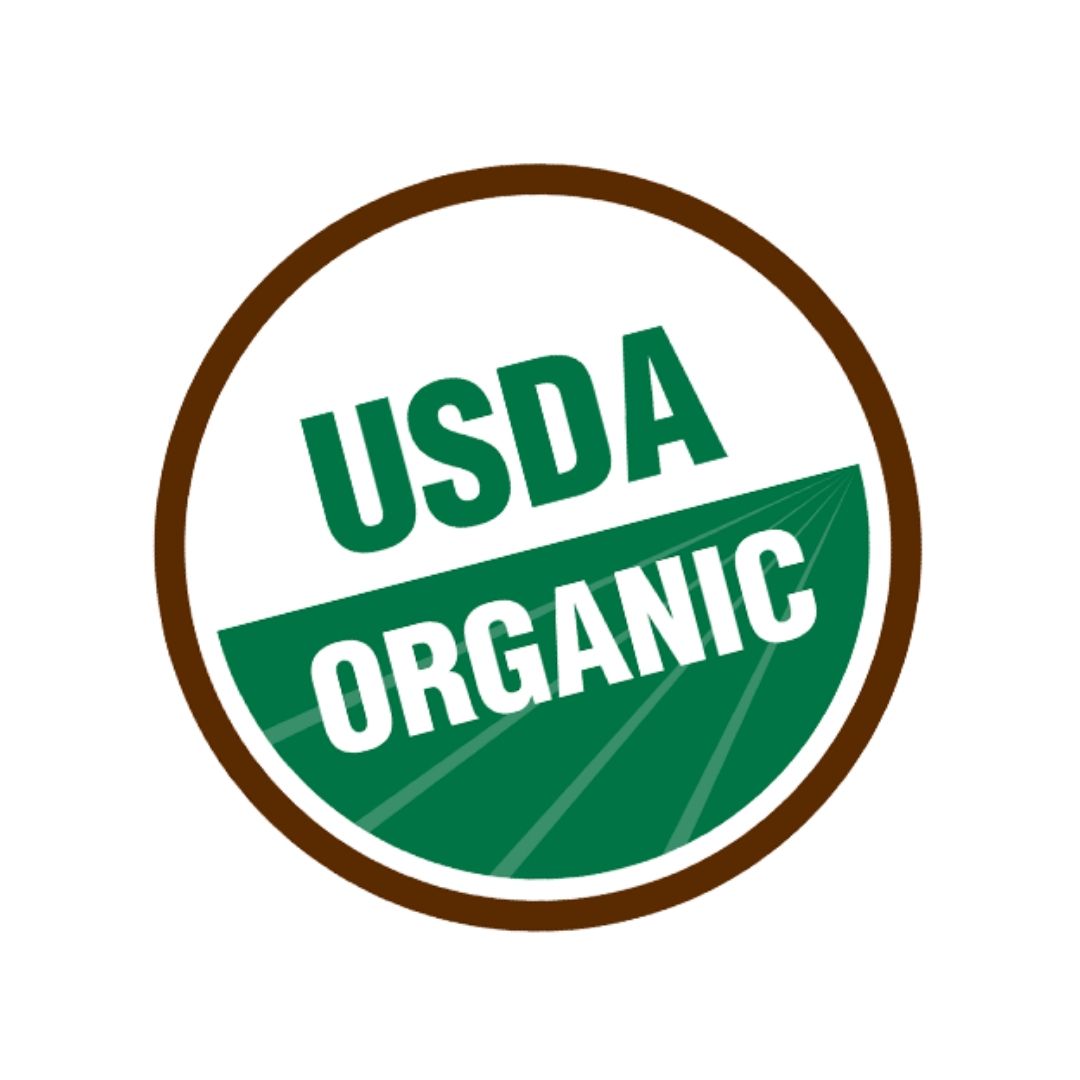June 13, 2014 – Modesto, CA
Is it safe for me and my family? How is it affecting the environment? What’s in it?
These are the kinds of questions more and more educated consumers are asking concerning the foods they purchase – their ingredients and how they were produced. Increasingly, they are turning to items labeled as “Natural”, “Non-GMO” and “Organic”, but for many, there remains somewhat of a mystique about what these labels really mean.
Natural
“Natural” foods are those that have undergone minimal processing and are free of synthetic preservatives, artificial additives, sweeteners, colors, flavors as well as growth hormones, antibiotics, hydrogenated oils, stabilizers, and emulsifiers. Be aware, most foods labeled natural are not subject to government controls beyond the regulations and health codes that apply to all foods. However, meat and poultry are exceptions.
According to Claudia Pillow, PhD, noted “Food Philosopher”, many consumers believe “natural” means an “absence of pesticides and herbicides.” In addition, surveys reveal that over 60% of Americans believe the “natural” label implies or suggests the “absence of genetically modified foods.” Wrong.
She asserts that beyond the meat counter, the FDA has no governing policy/guideline about the use of the term “natural,” leaving producers to use (or abuse) it however it suits their marketers. Consequently, “natural” cereals may contain Genetically Modified Organism’s (GMOs), high fructose corn syrup, and partially hydrogenated oils.
GMO
In her blog, Dr. Pillow says over 80% of U.S. processed food contains GMOs, Genetically Modified Organisms which began to show up in our food supply about 30 years ago when major manufacturers and chemical companies began genetically modifying seeds in order to change their attributes. These GMOs are plants (or animals) created through gene splicing techniques. This technology merges DNA from different species, creating combinations of plant, animal, bacterial and viral genes that do not and cannot occur naturally or in traditional crossbreeding.
For agricultural crops, the intentions behind this included increasing pest resistance or making a crop more drought resistant. The most common GMOs are soy, corn, cotton, canola, sugar beets, Hawaiian papaya, alfalfa, zucchini and yellow squash.
In addition, GMOs may be hidden in common processed food ingredients such as: Amino Acids, Aspartame, Ascorbic Acid, Sodium Ascorbate, Vitamin C, Sodium Citrate, Flavorings (“natural” and “artificial”), High Fructose Corn Syrup, Hydrolyzed Vegetable Protein, Lactic Acid, Maltodextrins, Molasses, Monosodium Glutamate, Sucrose, Textured Vegetable Protein (TVP), Xanthan Gum, Vitamins and Yeast Products.
Organic
Now, “Organic” refers not only to the food itself, but also to how it was produced. Foods labeled organic must be certified under the National Organic Program (NOP), which took effect October 21, 2002. The National Organic Program (USDA NOP) specifies that organic products cannot contain genetically modified organisms, so products that are certified organic do not contain GMOs. Current USDA regulations allow food products that contain 95-100% certified organic ingredients to use the USDA Organic seal above.
But there are currently three “organic” labels classifications:
• 100% Organic: If labeled as such, this product must contain 100% organically produced ingredients (not including water and salt). This is the only label that certifies a completely organic product AND completely non-GMO ingredients.
• Certified Organic / USDA Organic / Organic: This label means that at least 95% of the product’s content is organic by weight (again, excluding water and salt). These products are also usually GMO-free.
• Made with Organic: This means that up to 70% of the ingredients in the product are organic. These products cannot have a “USDA organic” label and are not typically GMO-free.
The USDA Organic regulations specifically:
• Prohibit the use of chemical fertilizers, various synthetic substances, irradiation, sewage sludge, or genetically modified organisms (GMOs) in organic production.
• Prohibit antibiotic and synthetic hormone use in organic meat and poultry.
• Require 100% organic feed for organic livestock.
Just because a product has a lot of “certifications”, doesn’t mean it is healthy. Fair Trade, Certified Gluten-Free and Certified Vegan do not mean Organic or non-GMO. But, undeniably, eating Organic products, for both people and animals, is the healthy option. A European Study in 2008 found that organic fruit and vegetables contain 40% more disease fighting compounds and antioxidants than conventional equivalents. Organic milk has 68% higher Omega 3’s and additional studies confirm that organically grown foods have more Vitamin C, iron and mineral content plus three times a higher quality protein.
So, what about the farms? Of course, farming is not a philanthropic endeavor, but organic farmers and those raising livestock organically have come to understand that while synthetic pesticides used in conventional farming may initially hit their targets, over time they become less effective, and pest populations can develop resistance to these chemicals. What follows naturally is a cycle of increasingly stronger pesticide applications without increased yields.
If you consider the mounting evidence of damage to and contamination of food, water, soil, and air, along with diminished wildlife, and soil erosion, it’s easy to see why organic farming is growing. This is because organic pest control methods and the promotion of organically built soils produce resilient plants with their own natural defenses against insects, fungus and disease. Additionally, livestock raised with organic feed are healthier and generally more productive.
So clearly, of the trio – Natural, Non-GMO and Organic – if you’re wanting to eat healthy and care about your environment, Organic is the best way to go. Look for it in stores, farmers markets, feed stores, here at Modesto Milling or grow it yourself. Here’s a tip, if you’re in the supermarket, you can also note the product code:
• Organically grown—code # starts with 9 and has 5 digits
• Conventional grown—code # starts with 4 and has 4 digits
• GMO grown—code # starts with 8 and has 5 digits
Eat healthy!
